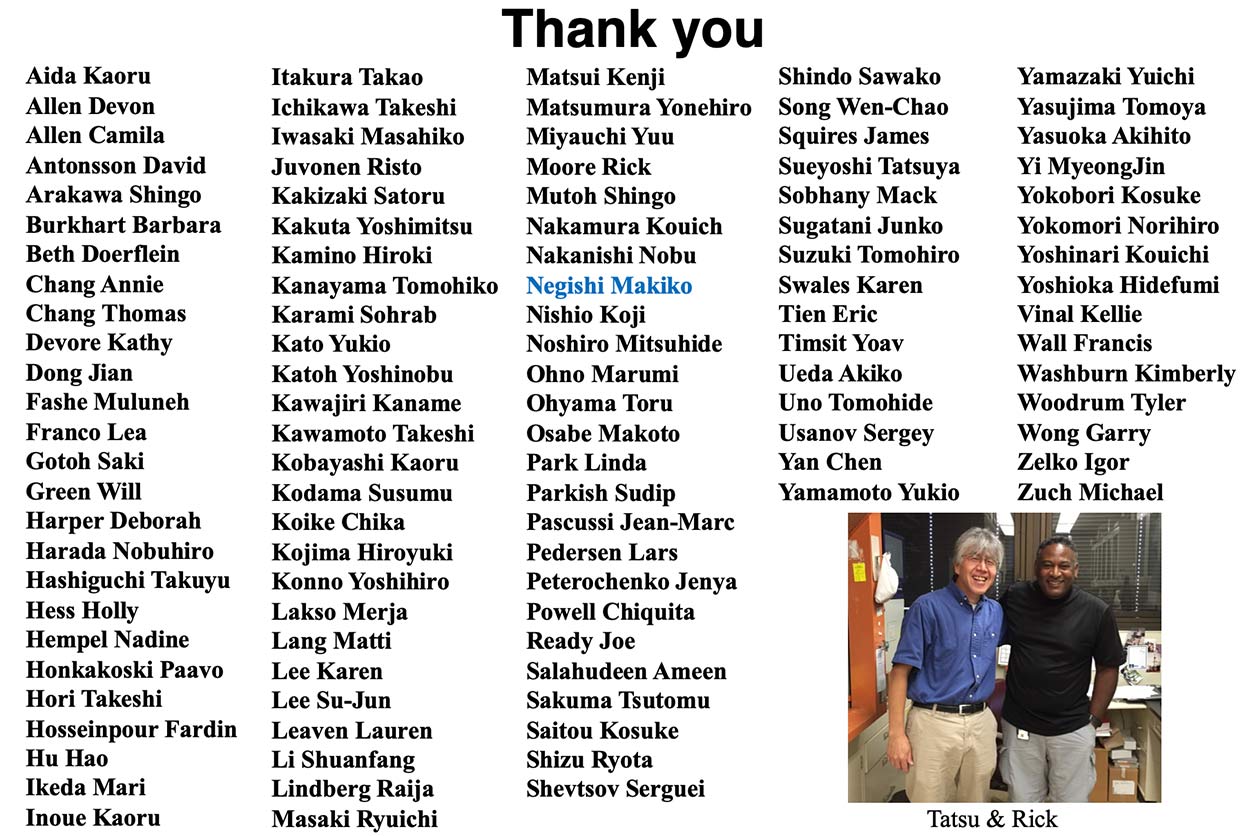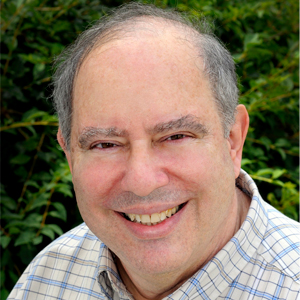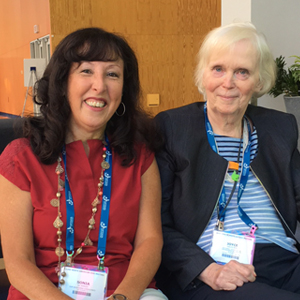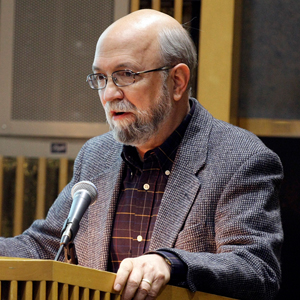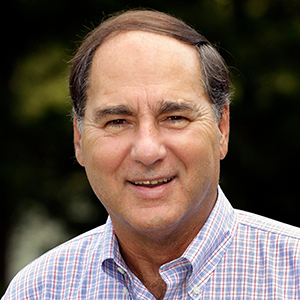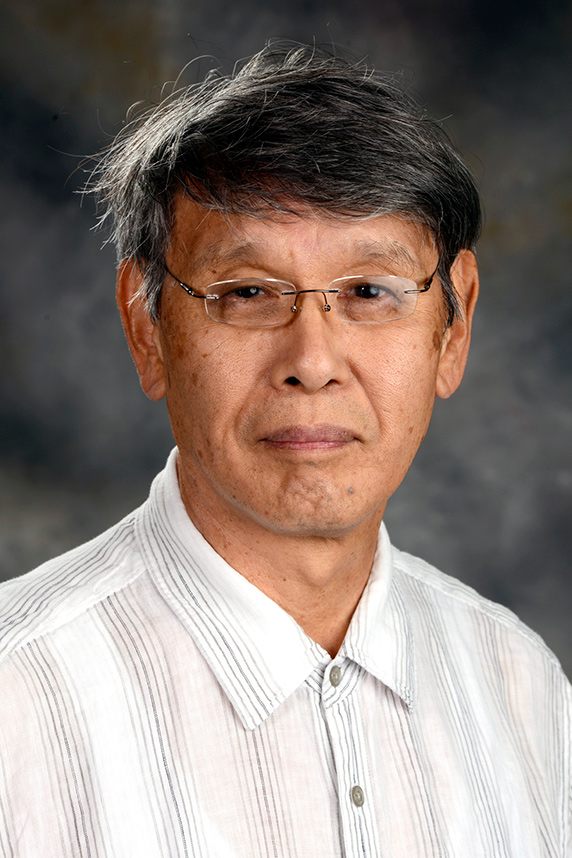 After postdoctoral training at New York University and the National Institute of Child Health and Human Development, Negishi distinguished himself as head of the NIEHS Reproductive and Developmental Biology Laboratory and Pharmacogenetics Group. (Photo courtesy of Steve McCaw)
After postdoctoral training at New York University and the National Institute of Child Health and Human Development, Negishi distinguished himself as head of the NIEHS Reproductive and Developmental Biology Laboratory and Pharmacogenetics Group. (Photo courtesy of Steve McCaw)To his long list of honors and awards, Masahiko Negishi, Ph.D., head of the NIEHS Pharmacogenetics Group, will add yet another — the title of National Institutes of Health (NIH) Emeritus Investigator — after his retirement in December. This honor is reserved for the most accomplished scientists at NIH.
NIEHS Scientific Director Darryl Zeldin, Ph.D., said that Negishi’s findings on nuclear receptors and drug metabolizing enzymes “have led to new insights into how we respond to environmental exposures.” His groundbreaking work is published in journals such as Nature, Science Signaling, Molecular and Cellular Biology, Nucleic Acids Research, and Cancer Research. Negishi has authored or co-authored 179 publications and 45 review articles and book chapters.
From Japan to NIEHS
Born in Japan near the end of World War II, Negishi grew up in a low-income family. Despite financial challenges, he pursued his goal of becoming a scientist.
After graduating from a small college of pharmacy, Negishi studied with Tsuneo Omura, Ph.D., at Osaka University. Omura was the first to characterize cytochrome P450 (CYP) enzmyes in the liver. These enzymes break down foreign compounds, or xenobiotics, such as drugs and environmental chemicals.
Award-winning work
Negishi’s graduate research on how the epilepsy drug phenobarbital increased CYP enzyme levels in rat livers eventually led to breakthrough studies on constitutive androstane receptor (CAR), which is a protein found to play a critical role in detoxifying foreign substances, including drugs, in the body.
After joining NIEHS in 1983, Negishi and his research group identified CAR as the mediator of phenobarbital activity.
They followed this discovery by answering a question that had long challenged drug metabolism experts — the mechanism by which phenobarbital activates CAR and regulates CYP enzymes. “I have been very lucky to work with phenobarbital,” Negishi said.
His accomplishment was recognized by the Faculty of 1000. In 2016, the American Society for Pharmacology and Experimental Therapeutics presented him with the Bernard B. Brodie Award in Drug Metabolism. Negishi praised the support and cutting-edge technologies at NIEHS as crucial to his award-winning work.
Commitment is key
Negishi also emphasized the importance of commitment for successful science. He recalled the moment when he and NIEHS colleague Raija Lindberg, Ph.D., had a breakthrough on why different CYP enzymes can only process specific compounds. By mutating various amino acid residues and characterizing the effects, they observed that the difference of a single amino acid residue caused a CYP enzyme to process a different chemical.
Early one morning, Negishi recalled, Lindberg called to ask about some of the findings. “That morning, I had a bad headache and was in my bed. But I came to the lab,” Negishi said. He eventually identified the mutation responsible for the different action. “When I showed [this finding] to Raija—oh, we were so happy. We were holding each other and jumping around the corridor,” Negishi said, describing the most memorable moment of his career.
“You should love your project, concentrate, be committed, and work hard — and wait for a bit of luck afterwards,” he said.
Dedicated mentor
A dedicated mentor, Negishi has trained more than 100 students and postdoctoral scientists, many of whom now lead their own research groups. His trainees give him the energy that drives his research, Negishi emphasized.
Myeongjin (MJ) Yi, Ph.D., a visiting fellow from South Korea, said that Negishi’s mentorship and support allowed her to adjust without much difficulty to life in the U.S., and to grow as a scientist. “Masa has been always patient and available whenever I face obstacles with my research and ask for advice,” she said. “It has been truly wonderful and amazing to work with Masa.”
Negishi stressed that his retirement does not reflect any loss of enthusiasm, but rather comes because he is gradually losing his vision to glaucoma. Nevertheless, he stays strong and positive, like he did when he was a boy, looking forward to a new chapter in his life.
Citations:
Mutoh S, Sobhany M, Moore R, Perera L, Pedersen L, Sueyoshi T, Negishi M. 2013. Phenobarbital indirectly activates the constitutive active androstane receptor (CAR) by inhibition of epidermal growth factor receptor signaling. Sci Signal 6(274):ra31.
Honkakoski P, Zelko I, Sueyoshi T, Negishi M. 1998. The nuclear orphan receptor CAR-retinoid X receptor heterodimer activates the phenobarbital-responsive enhancer module of the CYP2B gene. Mol Cell Biol 18(10):5652–5658.
Lindberg RL, Negishi M. 1989. Alteration of mouse cytochrome P450coh substrate specificity by mutation of a single amino-acid residue. Nature 339(6226):632–634.
(Dahea You, Pharm.D., Ph.D., is an Intramural Research Training Award postdoctoral fellow in the Biomolecular Screening Branch of the National Toxicology Program.)





